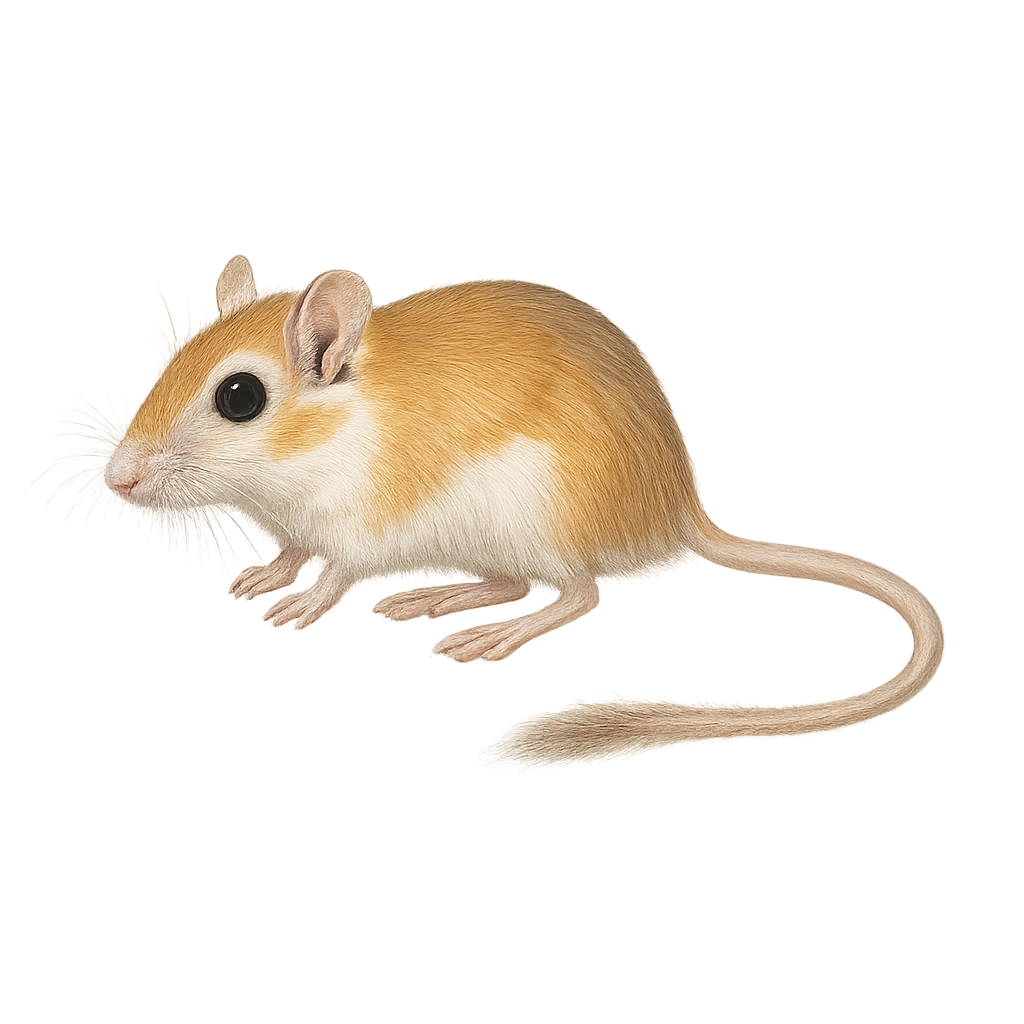Your wildlife photography guide.
Explore the lesser egyptian jerboa in detail, study its behavior, prepare your shots.
Where to observe and photograph the lesser egyptian jerboa in the wild
Learn where and when to spot the lesser egyptian jerboa in the wild, how to identify the species based on distinctive features, and what natural environments it inhabits. The WildlifePhotographer app offers tailored photography tips that reflect the lesser egyptian jerboa’s behavior, helping you capture better wildlife images. Explore the full species profile for key information including description, habitat, active periods, and approach techniques.
Lesser Egyptian Jerboa
Scientific name: Gerbillus gerbillus

IUCN Status: Least Concern
Family: MURIDAE
Group: Mammals
Sensitivity to human approach: Suspicious
Minimum approach distance: 5 m
Rut period: March to August
Gestation: 20-24 jours
Births: March to September
Habitat:
deserts, steppes, savannas
Activity period :
Mainly active at night, generally discreet during the day.
Identification and description:
The Lesser Egyptian Jerboa, or Gerbillus gerbillus, is a small desert rodent primarily found in the arid regions of North Africa. It is well adapted to its dry environment due to its ability to conserve water and its nocturnal habits, which help it avoid the daytime heat. Its fur is typically sandy, providing excellent camouflage in its natural habitat. It primarily feeds on seeds, insects, and desert vegetation. The Lesser Egyptian Jerboa is known for its long hind legs, which allow it to make large jumps, facilitating quick movements to escape predators. Although often solitary, it can sometimes be seen in small groups.
Recommended lens:
400 mm – adjust based on distance, desired framing (portrait or habitat), and approach conditions.
Photography tips:
To photograph the Lesser Egyptian Jerboa, it is advisable to use a 400mm or longer telephoto lens to capture detailed images without disturbing the animal. Being primarily nocturnal, it's best to plan your photo sessions at dusk or dawn when the light is soft and the jerboa's activity is at its peak. Be patient and discreet, as these rodents can be suspicious. Use a tripod to stabilize your camera and reduce motion blur.
The WildlifePhotographer App is coming soon!
Be the first to explore the best nature spots, track rutting seasons, log your observations, and observe more wildlife.
Already 1 432 wildlife lovers subscribed worldwide

